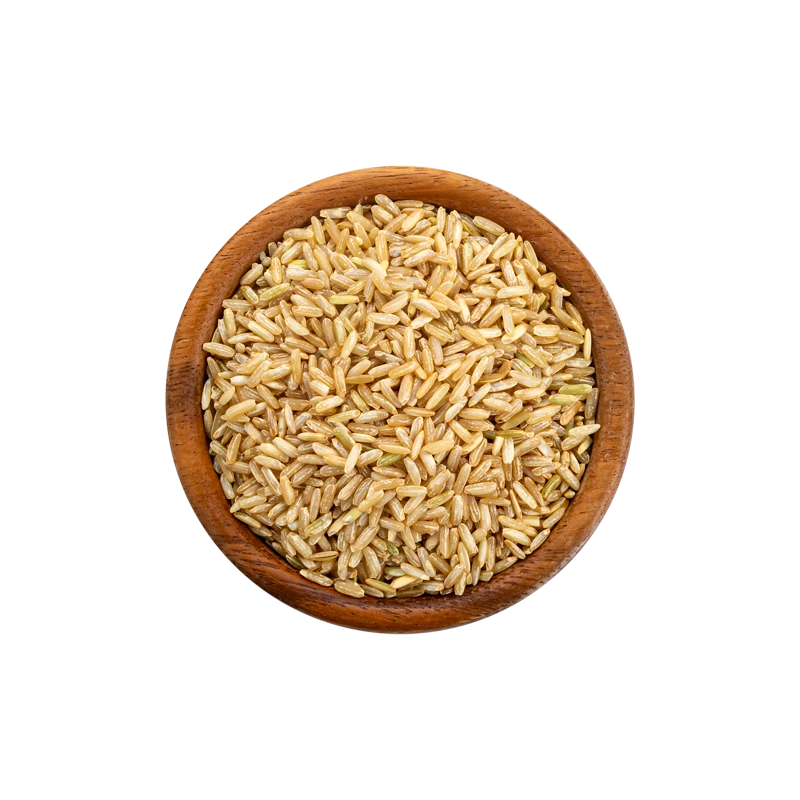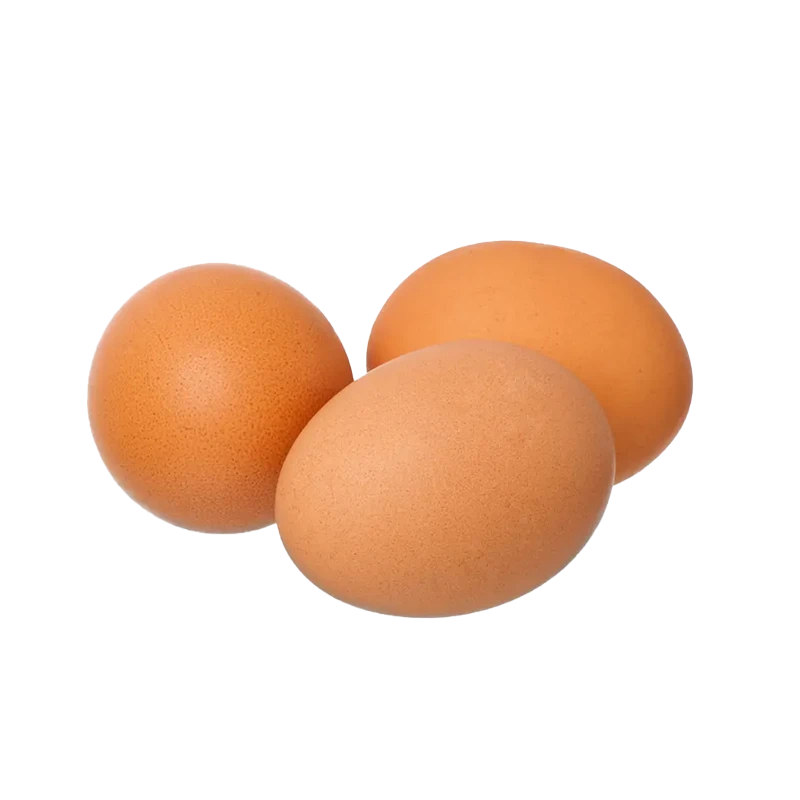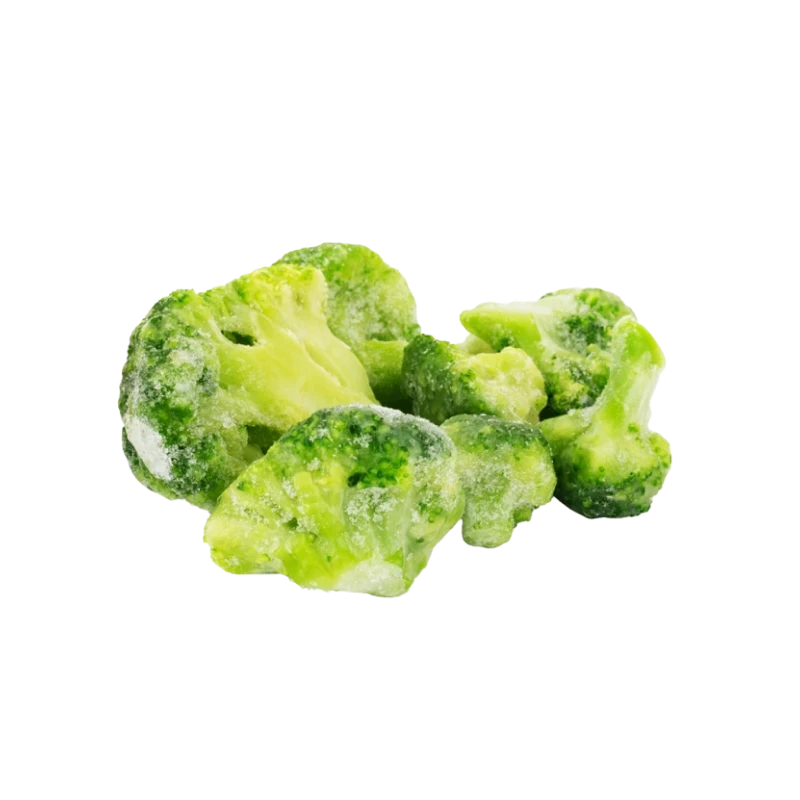Whole Grain Rice — Nutrients, Health Benefits, and Shopping Tips

Written by Listonic Team
Last update on September 4, 2024
Whole grain rice nutrients
Nutrition facts
Amount per 100 g
Calories
🔥 112 kcal
| Nutrients per: 100 g | Value | % Daily Value* |
|---|---|---|
| Carbs | 24 g | 8.73% |
| Fiber | 2 g | 7.14% |
| Sugars | 0 g | - |
| Glycemic Index | 50 | - |
| Protein | 2 g | 4% |
| Sodium | 5 mg | 0.22% |
| Total Fat | 1 | 1.28% |
*The % of Daily Value (DV) tells you how much a nutrient in a serving of food contributes to a daily diet. 2,000 calories a day is used for general nutrition advice.
50
🟢 Low Glycemic Index
1 g
🥕 Low Fat Content
Whole grain rice facts & tips
Health benefits
- High in fiber, supporting digestive health, promoting regular bowel movements, and maintaining a healthy gut microbiome.
- Rich in essential vitamins and minerals such as magnesium, phosphorus, and B vitamins, which support overall health and well-being.
- Provides sustained energy from complex carbohydrates, making it a great source of long-lasting energy.
- Supports heart health by helping to reduce cholesterol levels and improve blood pressure.
Health risks
- Potential for arsenic contamination as rice can absorb arsenic from the soil, which may pose health risks if consumed in large quantities over time, especially concerning for infants and pregnant women.
- High carbohydrate content which can cause rapid spikes in blood sugar levels, particularly concerning for diabetics.
- Potential for digestive discomfort such as bloating or gas when consumed in large quantities, particularly due to its high fiber content.
- Potential for overconsumption due to its versatile nature, leading to excessive calorie intake if not mindful of portion sizes.
How to choose whole grain rice
Whole grain rice, when cooked, should be chewy and separate, with each grain distinct and not clumpy. The rice should have a pleasant, nutty aroma and a brown or red color, depending on the type.
Do not use whole grain rice that smells musty or has a rancid odor, as it may be spoiled. Rice that is overly hard after cooking should also be avoided, as it suggests it was not stored properly.

How to store whole grain rice
Whole grain rice should be stored in an airtight container in a cool, dry place. Proper storage preserves its quality and extends its shelf life for up to a year.
Moisture can spoil rice and attract pests. Avoid storing near heat sources or in humid environments. Ensuring the container is tightly sealed keeps the rice fresh and free from contamination.
✅ Extra Tip
How long does it last?
Whole grain rice can last for 6 months when stored in an airtight container in a cool, dark place. Cooked whole grain rice should be consumed within 4-6 days if kept in the refrigerator. For longer storage, cooked rice can be frozen for up to 6 months.
What to do with leftovers?
Leftover whole grain rice can be used in a variety of savory and sweet dishes. Reheat it and serve as a side for stir-fries, curries, or grilled meats, or mix it into a fried rice with vegetables, eggs, and your choice of protein. Whole grain rice is also great when added to soups or stews, where it helps to thicken the broth and add texture.
Use leftover whole grain rice in a rice salad with chopped vegetables, herbs, and a tangy vinaigrette, or mix it into a casserole with cheese, vegetables, and meat for a hearty meal. If you have a lot of whole grain rice, consider making a batch of rice pudding with milk, sugar, and spices for a comforting dessert. Whole grain rice can also be used as a filling for stuffed vegetables, like peppers or tomatoes, or added to a grain bowl with roasted vegetables and a protein of your choice. For a quick snack, try making rice balls filled with cheese, meat, or vegetables.
👨⚕️️ Medical disclaimer
Discover products from other categories
Listonic Team
Fact-checked
Our editorial team checked this article to make sure it was accurate at the time of publishing it.
Get the top-rated shopping list app







